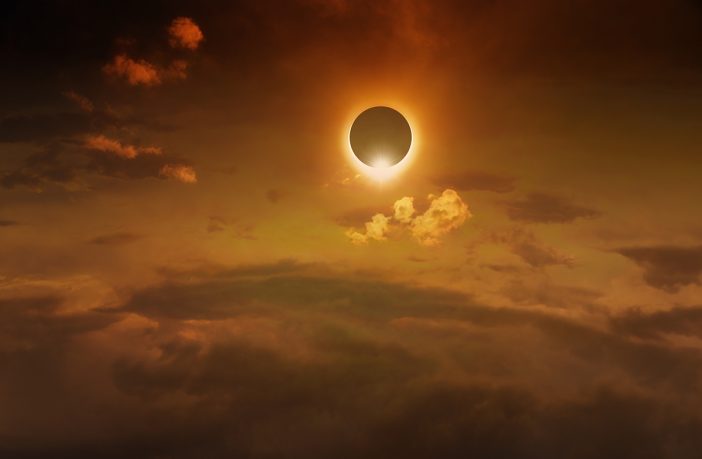On Monday, April 8, New York residents will get treated to a very rare celestial phenomenon: a total solar eclipse, which will cross over Mexico, the United States, and Canada over the course of several hours, with viewings of the event throughout all 48 contiguous U.S. states only only being available a very brief window.
During the afternoon of April 8, a total eclipse will encompass the western and northern parts of New York State. In less than 15 minutes within a 3:15 to 3:30 window, the moon will pass between the earth and sun, turning day into night for 1.5 minutes to 3.5 minutes.

The roughly 100-mile wide path of totality will enter in the southwestern part of the state at just after 3:15 PM, and will depart northern New York just before 3:30. Cities and towns within this path include Jamestown, Buffalo, Rochester, Syracuse, Watertown, Old Forge, Lake Placid and Plattsburgh. The entire event will last for up to 2.5 hours, marking the time the sun is first obstructed to the last moments when the moon’s shadow is cast.
Sadly, Long Islanders will miss out on the full experience of the total solar eclipse, with the event only being visible at approximately 85-90 percent totality in Nassau, Suffolk, and Queens counties.
Except during the brief total phase of a total solar eclipse, when the moon completely blocks the sun’s bright face, it is unsafe to look directly at the sun without specialized eye protection for solar viewing. According to NASA, viewing any part of the sun through a camera lens, binoculars, or a telescope without a special-purpose solar filter secured over the front of the optics will instantly cause severe eye injury. The partial phases of the solar eclipse can only be safely observed directly with specialized solar viewing glasses (“eclipse glasses”) or a handheld solar viewer. Regular sunglasses, polarized or otherwise, are not a safe replacement for solar eclipse glasses.














